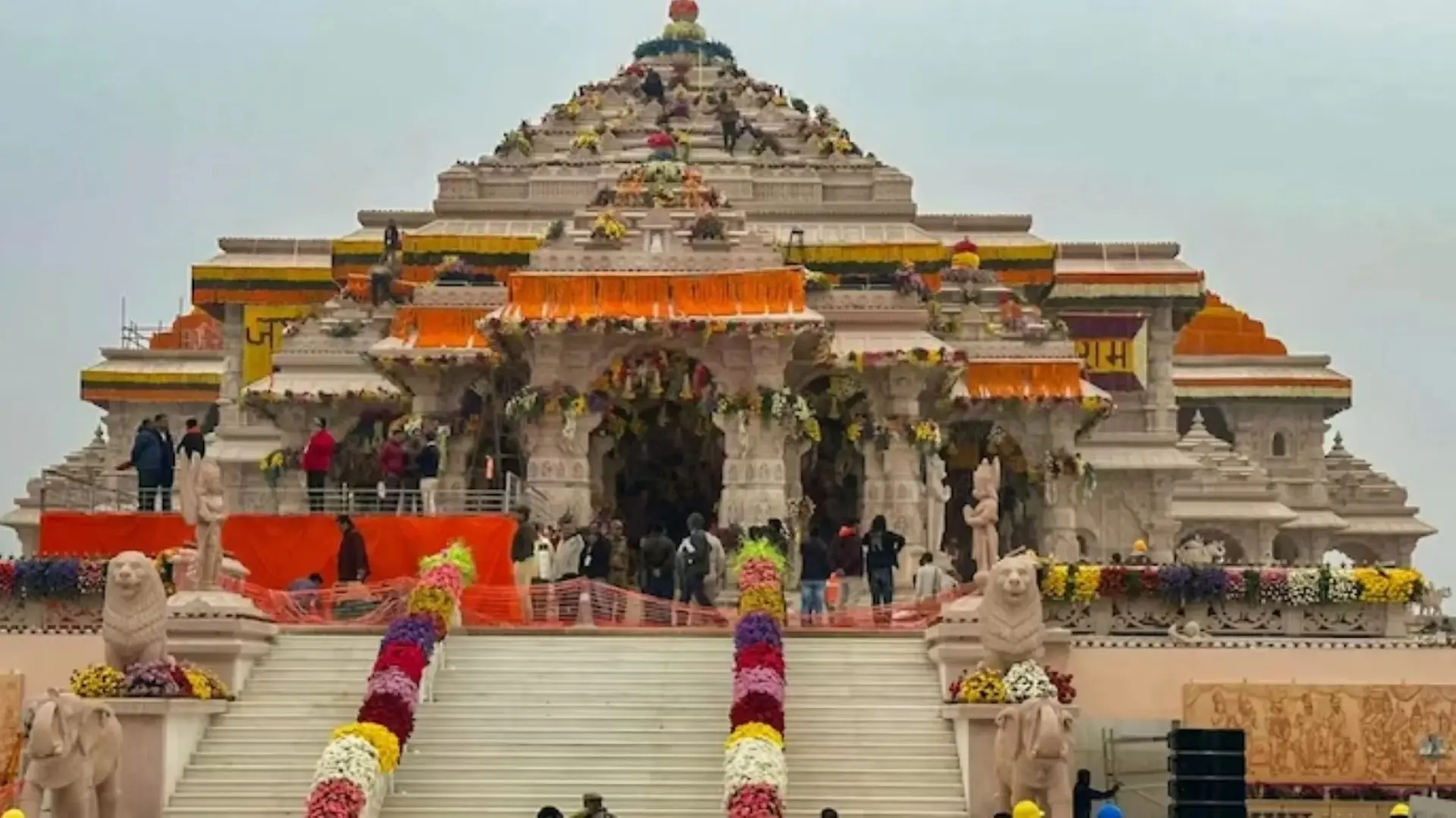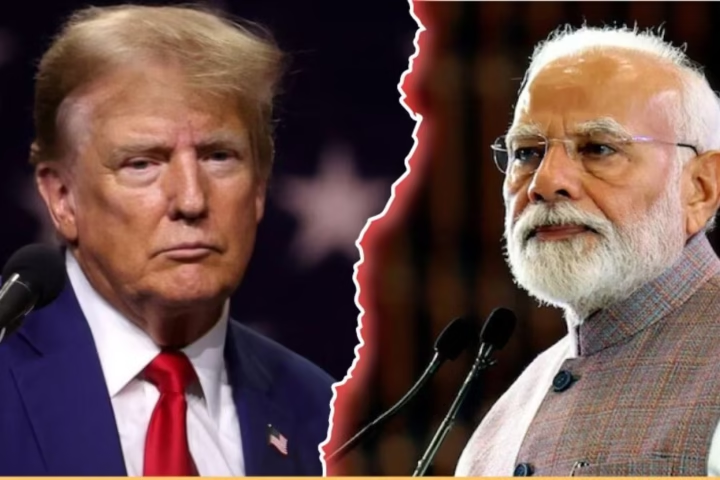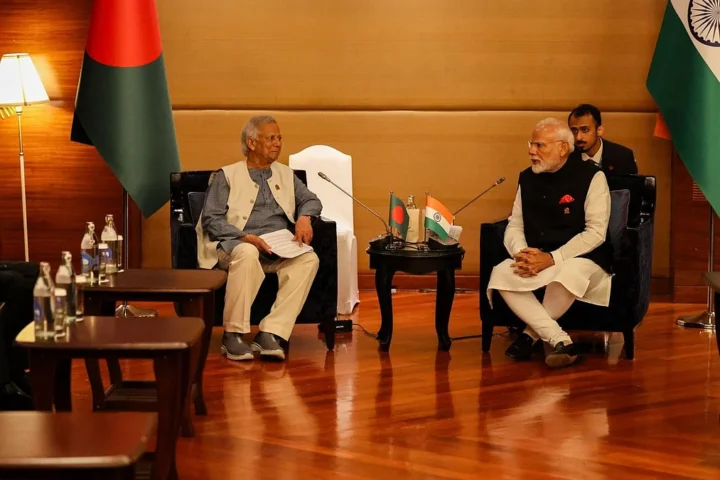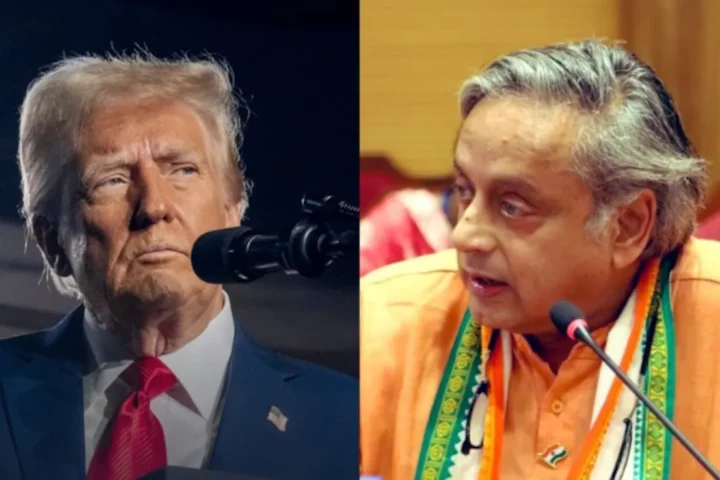The BJP’s setbacks in Jammu & Kashmir, following similar challenges in regions like Uttar Pradesh and Ayodhya, suggest that the party’s reliance on Hindu nationalism (Hindutva) might be reaching its limits in certain regions. Here are the key lessons the BJP can learn from its experiences:
Local Issues Matter More Than National Narratives
In both Uttar Pradesh and Jammu & Kashmir, the BJP has often focused on a nationalistic narrative centered around religious identity, such as the Ayodhya temple and the abrogation of Article 370. However, voters in these regions seem increasingly concerned with local issues—employment, economic development, infrastructure, and governance. The BJP needs to better address these issues rather than assuming that nationalistic or religious rhetoric will suffice to secure votes. In Jammu & Kashmir, for example, economic stagnation and security issues remain major concerns
Limitations of the Hindutva Agenda
While the Hindutva agenda has been effective in galvanizing support among a significant segment of the electorate, especially in Hindu-majority areas, it is not a universal solution. In more diverse regions like Jammu & Kashmir, where religious and cultural identities differ significantly from the Hindi heartland, this strategy may alienate large sections of the population. The BJP’s failure to resonate with minority communities and regions with strong regional identities shows the need for a more inclusive approach.
Need for a Collaborative Approach in Sensitive Regions
Jammu & Kashmir presents unique political and cultural challenges. The BJP’s heavy-handed approach, characterized by the abrogation of Article 370 and a strict security environment, has alienated many local voters. Instead, the party could benefit from engaging more constructively with local leaders and promoting dialogue. The return of Article 370-era leaders shows that voters are looking for leadership that better represents their regional identity and aspirations. The BJP needs to shift from a top-down approach to a more collaborative model.
Balancing National Integration with Regional Autonomy
The BJP’s emphasis on national integration, particularly in Jammu & Kashmir, has often been perceived as a threat to local autonomy and identity. The lesson from this is that while promoting unity is important, it must be balanced with the preservation of regional autonomy and cultural uniqueness. In regions like Jammu & Kashmir, attempts to enforce nationalistic agendas at the expense of local governance can backfire, as voters rally around leaders who they feel better represent their interests.
Avoid Overreliance on Central Figures
The BJP has relied heavily on the appeal of Prime Minister Narendra Modi and other central figures, often underestimating the importance of local leadership and ground-level organization. In both Uttar Pradesh and Jammu & Kashmir, voters are signaling that they want leaders who understand their specific needs. The BJP would do well to empower regional leaders and focus on building strong local party structures that can effectively address regional concerns.
Conclusion: Evolving Beyond Hindutva
The lessons for the BJP from Jammu & Kashmir are clear: while Hindutva and nationalism may work in some areas, they are not a one-size-fits-all solution. The party must adapt to the diverse needs of the Indian electorate, focusing on local governance, economic development, and regional identity. By doing so, it can prevent further electoral setbacks and strengthen its position as a party capable of addressing both national and local concerns.







